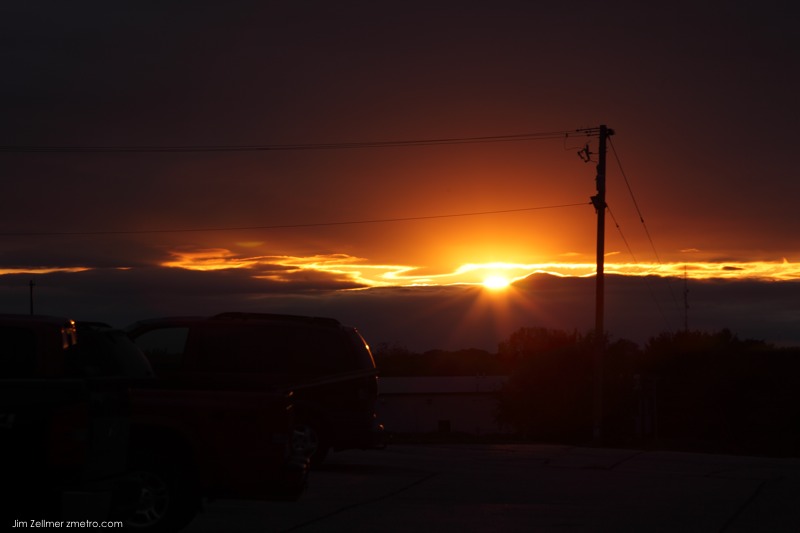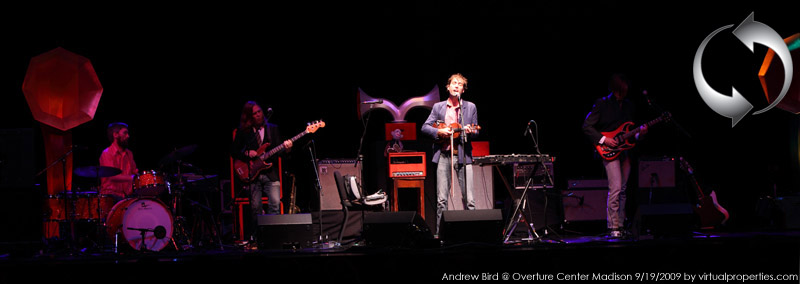“By buying U.S. Treasuries and mortgages to increase the monetary base by $1 trillion, Fed Chairman Ben Bernanke didn’t put money directly into the stock market, but he didn’t have to. With nowhere else to go, except maybe commodities, inflows into the stock market have been on a tear. The dollars he cranked out didn’t go into the hard economy, but instead into tradable assets.”
— “The Bernanke Market,” Wall Street Journal, July 15, 2009
“In the last week alone, the European Central Bank allocated the record sum of $619 billion to 1,1,00 financial institutions – at a paltry 1 percent interest rate. And yet the money is not going where the central banks want it to go, namely into the pockets of businesses and consumers – at least not at reasonable interest rates.”
— “How German Banks are Cashing In on the Financial Crisis,” Der Spiegel, July 1, 2009
Two weeks ago, in meetings with their North Texas dealers, both Toyota and Honda voiced concern about how the economic recovery was going to hold up over the next few quarters. It wasn’t public news yet in the States, but Japanese executives already knew that their imports and exports had fallen sharply through the summer. And, while our business media were cheerleading because the Dow Jones was once again flirting with 10,000, in Japan their exports had just fallen 36 percent; metal shipments to the U.S. were down by more than 80 percent, automobile shipments by 50 percent. This was a problem here, too: In August America’s dealers seriously needed Japanese vehicles to restock their depleted inventories.
Toyota and Honda took different tacks for the fourth quarter. Toyota said it will spend $1 billion in advertising to move the retail market. Honda, always more cautious in difficult times, said it would spend nothing during the same period. Honda added that it will keep dealer inventories at a 30-day supply of unsold vehicles, half the inventory considered normal.
Madison Unified Fiber Network, Madison Broadband Initiative
Details appear on the next Madison School Board meeting agenda [PDF].
Good news, if it happens. The Madison lags other parts of the country and world in fiber deployment.
A Beautiful Fall Sunset

Fall has arrived.
The Truth About the TATA Nano
hy is a soon-to-be success story gathering dust at TATA dealers across India? Much like the initial growing pains of the Ford Model T, the $2000 Nano currently lies on waiting list. Given the lopsided supply/demand and construction conflagrations with the government, I reckon enterprising Indians are flipping the Nanos living in parking lot limbo for profit. Still, my precious few moments sitting in somebody’s dusty Nano left me impressed. Not because it was a perfect machine: I saw automotive history in the making.
Rarely in America is a car designed around a vision: witness the overweight performance icons clawing for yesteryear’s glory, car based trucks and globally designed, badge engineered atrocities. Not with the TATA Nano: behold the homegrown hero.
The Nano is born from an undying need for affordable transportation in a country with a growing but repressed middle class. This group needs a family vehicle superior to tube frame rickshaws and 150cc motorcycles carrying four or more people. Yes, really: I saw a family of four riding a motorcycle through the congested, fast paced, life threatening streets of Bangalore. Make no mistake: a car at this price and size is the automotive embodiment of “If you Build It, They Will Come.”
It’s all about the lakhs; the Nano is designed around a price befitting the Indian working class. One look around the beast shows the good, bad and ugly of the situation.
Exterior fit and finish is respectable, until you spot the unfinished rear hatchback seams, hurriedly painted over. That stylish rear hatch is glued shut, so cargo is only accessible from the rear seat. And the list of price-conscious ideas doesn’t stop: three-lug wheels, single arm wiper blade and an adorable looking center exit exhaust.
The Grillwalker Takes Berlin: Portable Restaurant…
Andrew Bird Concert @ Overture Center Madison Photos

Click on the image above to view a panoramic scene. A few still photos can be seen here.
Bird appeared in Madison as part of the 2009 Forward Music Festival.
Curb Litter: Pacifier, Cigarette Butts and Fall Leaves

This photo was taken in downtown Madison.
Resurrecting the Paris of the Orient
Look past the grime and the disrepair and it is possible to see beautiful buildings in Cairo. But resurrecting the spirit of the city that used to be called the “Paris of the Orient,” is a daunting challenge.
Cropping Photos……
The Sept. 14th Newsweek cover line — “Is Your Baby Racist?” — should have included a sub-head, “Is Dick Cheney a Butcher?”
Featured inside the magazine was a full-page, stand-alone picture of former Vice President Dick Cheney, knife in hand, leaning over a bloody carving board. Newsweek used it to illustrate a quote that he made about C.I.A. interrogators. By linking that photo with Mr. Cheney’s comment and giving it such prominence, they implied something sinister, macabre, or even evil was going on there.
I took that photograph at his daughter Liz’s home during a two-day assignment, and was shocked by its usage. The meat on the cutting board wasn’t the only thing butchered. In fact, Newsweek chose to crop out two-thirds of the original photograph, which showed Mrs. Cheney, both of their daughters, and one of their grandchildren, who were also in the kitchen, getting ready for a simple family dinner.
However, Newsweek’s objective in running the cropped version was to illustrate its editorial point of view, which could only have been done by shifting the content of the image so that readers just saw what the editors wanted them to see. This radical alteration is photo fakery. Newsweek’s choice to run my picture as a political cartoon not only embarrassed and humiliated me and ridiculed the subject of the picture, but it ultimately denigrated my profession.
The Ghost Fleet of the Recession
The biggest and most secretive gathering of ships in maritime history lies at anchor east of Singapore. Never before photographed, it is bigger than the U.S. and British navies combined but has no crew, no cargo and no destination – and is why your Christmas stocking may be on the light side this year.
The tropical waters that lap the jungle shores of southern Malaysia could not be described as a paradisical shimmering turquoise. They are more of a dark, soupy green. They also carry a suspicious smell. Not that this is of any concern to the lone Indian face that has just peeped anxiously down at me from the rusting deck of a towering container ship; he is more disturbed by the fact that I may be a pirate, which, right now, on top of everything else, is the last thing he needs.
His appearance, in a peaked cap and uniform, seems rather odd; an o fficer without a crew. But there is something slightly odder about the vast distance between my jolly boat and his lofty position, which I can’t immediately put my finger on.
Then I have it – his 750ft-long merchant vessel is standing absurdly high in the water. The low waves don’t even bother the lowest mark on its Plimsoll line. It’s the same with all the ships parked here, and there are a lot of them. Close to 500. An armada of freighters with no cargo, no crew, and without a destination between them.
